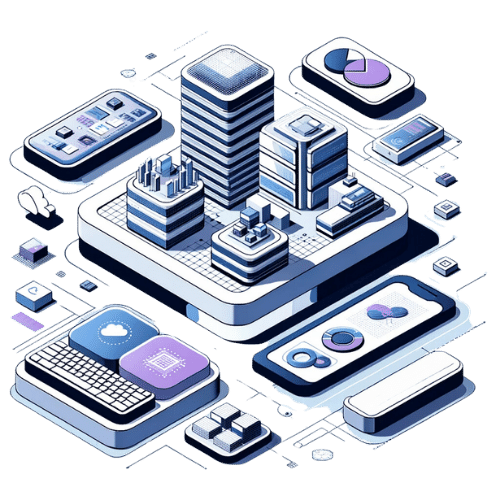In this recorded session we focus on the best practices for migrating SAS applications from legacy mainframes to contemporary platforms. Designed for decision-makers and IT professionals, our webinar offers insights into the strategic planning and analysis essential for a successful migration.
Light Years Ahead
Watch This Webinar
This webinar is tailored for a diverse audience, including:
- CIOs and IT Managers
- Data Architects and Analysts
- Business Analysts and Decision-Makers.
- SAS Administrators and Developers
Note that this session has taken place in the past. Register on this form to get access to the On-Demand webinar recording.
What You Will Learn
Participants will leave the webinar equipped with:
- Understanding of Planning Factors: IInsights into the various factors that organisations need to consider when planning their future use of SAS on the Mainframe. This includes understanding the nature of the workload, performance expectations, service level agreements (SLAs), and the costs and timeframes associated with modernisation.
- Appreciation of Difference Approaches: Gain an appreciation for the different modernisation strategies that can be employed. This is crucial, as large enterprises with extensive SAS deployments may need to consider multiple options to meet their diverse business needs. We discuss how these strategies can vary based on the organisation.
- Overview of Available Tools: A view of the tools available to support successful modernisation. This includes tools which offer an alternative SAS language environment that allow customers to retain their investment in existing applications while gaining the flexibility to adopt new technologies like Python and R, as well as cloud platforms.
3 Key Insights
Understanding of Evolving Technology
Organisations will learn about rapidly evolving technology and the necessity to deliver analytics that help maintain or gain competitive advantage and efficiency.
Benefits of Modernisation
The webinar will highlight the benefits of new software capabilities, which can contribute to an organisation's systematic process improvement and competitive edge
Planning and Evaluation
Participants will gain a comprehensive understanding of the strategic planning and evaluation processes necessary for successful SAS platform modernisation.
FAQ
Not sure if this webinar is relevant to you? Here are the answers to a few common questions.
Who should attend this webinar?
- CIOs and IT Managers: Responsible for overseeing the migration and modernisation of data analytics infrastructure.
- Data Architects and Analysts: Have a role in the technical execution of SAS migrations.
- Business Analysts and Decision-Makers: Needing to understand the business impact and benefits of modernisation.
- SAS Administrators and Developers: Looking to update their skills and knowledge for new platforms
How can SAS modernisation benefit my organisation?
Modernising your SAS platform can bring numerous benefits to your organisation, such as improved cost efficiency, enhanced data management capabilities and the ability to stay ahead of industry trends. You will learn how modernisation can contribute to operational savings and how some tools can offer advanced analytics, scalability, and deployment flexibility. The webinar will also highlight the potential for reduced future maintenance costs and increased competitive advantage through agile modernisation methods
What are the common obstacles in SAS modernisation, and how can they be addressed?
Common obstacles in SAS modernisation include resistance to change, prioritisation of other projects, and the "if it ain't broke, don't fix it" mentality. During the webinar, we will discuss strategies to manage these challenges, such as defining clear deliverables, measuring the benefits of modernisation and fostering end-user adoption through continuous communication. We will also explore how to leverage economies of scale and cumulative knowledge to introduce agility and certainty into your modernisation projects.
Other Resources
Access valuable resources, documents, webinars and information to empower your data driven journey.




